Customer Success Manager Responsibilities That Reduce Churn
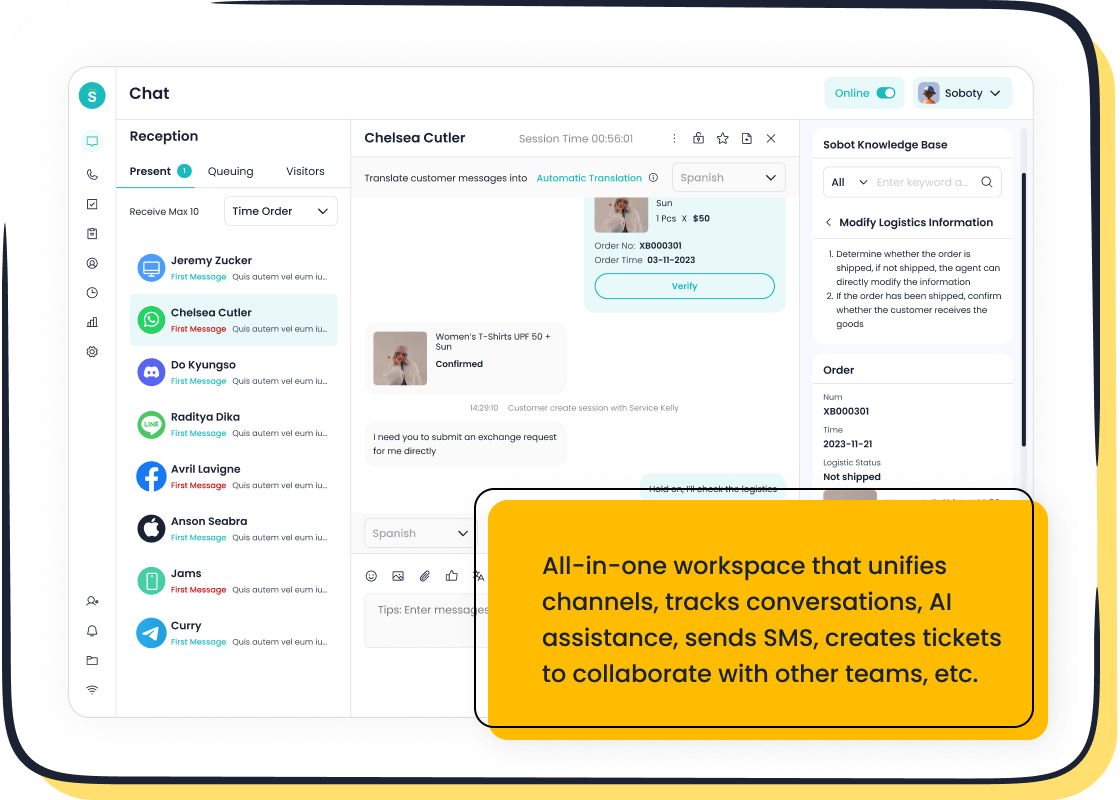
Customer success manager roles and responsibilities play a crucial part in reducing churn and driving business growth. Research shows that 67% of churn can be avoided if teams resolve issues at the first contact, and a 5% increase in retention can boost profits by over 25% (source). Sobot and Sobot AI help brands like Michael Kors improve engagement and efficiency, making customer interactions seamless. Effective support and proactive strategies make customers stay, proving the real impact of strong customer success management.
Onboarding
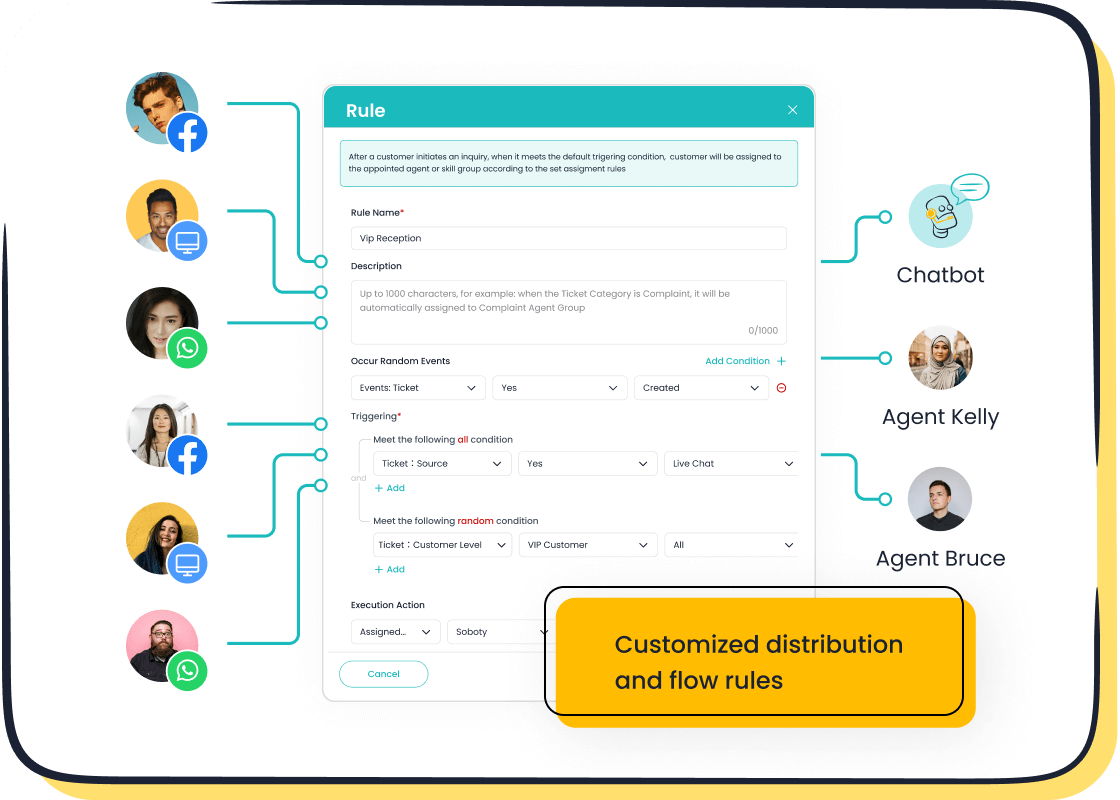
Customer Success Manager Roles and Responsibilities
Customer success manager roles and responsibilities form the backbone of a strong onboarding process. These professionals guide customers through the first steps, ensuring they understand the product and reach early milestones. A well-structured customer success framework includes setting clear expectations, providing training, and tracking progress. When customer success managers take a proactive approach, they help customers avoid confusion and frustration. This support leads to higher retention and lower churn.
Successful onboarding can increase customer retention by up to 50%. Neglected onboarding can cause up to 20% churn within the first 45 days. (Source: Userpilot, SuperOffice)
Customer success managers use data to monitor customer engagement and identify risks. They conduct regular check-ins, answer questions, and offer resources. These actions build trust and confidence. The customer success manager also collaborates with sales and product teams to ensure a smooth transition. By focusing on customer needs, they create a positive first impression and lay the foundation for long-term retention.
| Metric | Improvement Result |
|---|---|
| Trial-to-paid conversion growth | 25% increase |
| Onboarding completion rate | 40% improvement |
These results show that a strong customer success framework during onboarding drives measurable gains in retention and customer success.
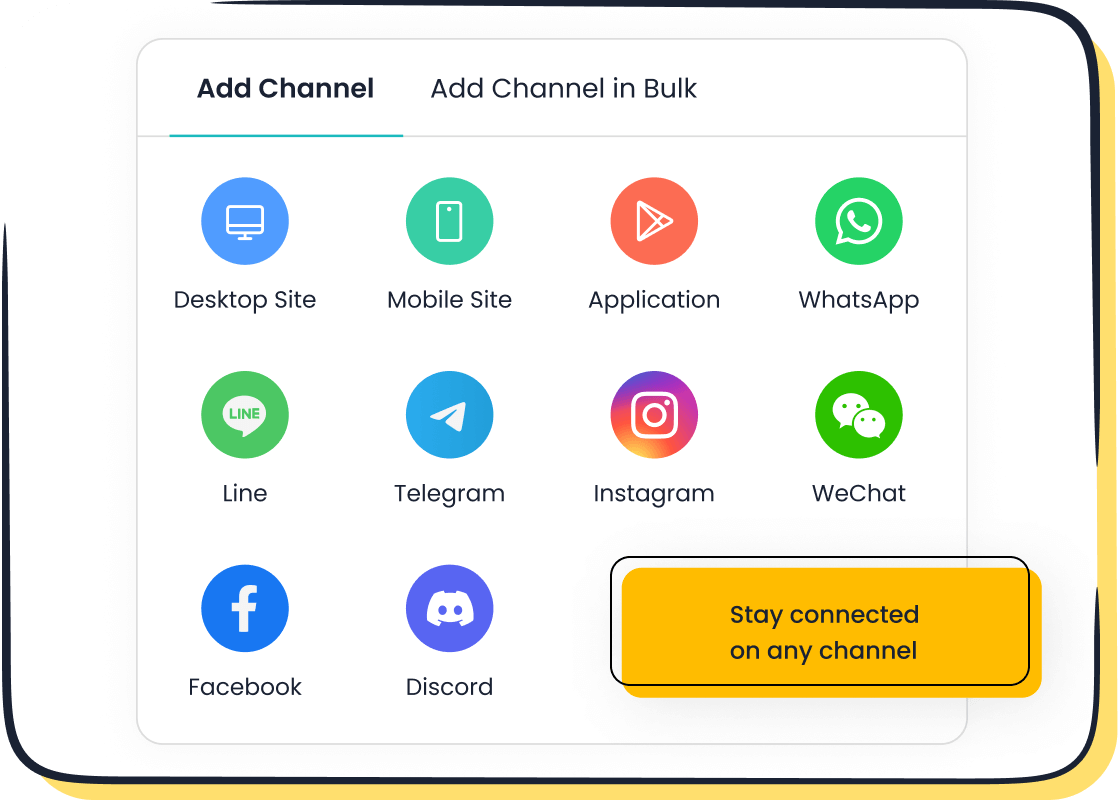
Sobot Live Chat for Onboarding
Sobot Live Chat streamlines onboarding by unifying customer data and communication channels. The platform supports websites, apps, and social media, making it easy for customers to reach support. AI-powered chatbots handle routine questions, so customer success managers can focus on complex needs. This automation reduces response times and improves customer satisfaction.
Users report that Sobot Live Chat helps teams onboard customers faster and more efficiently. For example, after implementing Sobot Live Chat, companies saw a 60% reduction in agent workload and a 15% increase in conversion rates. The unified workspace allows customer success managers to track every interaction, ensuring no customer is left behind. These features support a seamless onboarding experience and strengthen customer retention.
63% of customers consider onboarding critical when deciding to stay with a brand. Sobot Live Chat helps companies deliver immediate, personalized support, which builds loyalty and reduces churn.
Building Trust
Acting as Advisors
Customer success managers act as trusted advisors, guiding customers through every stage of their journey. They use customer retention management strategies to build strong relationships and deliver value beyond the initial sale. By understanding each customer’s goals, they recommend strategies that align with business needs. This advisory approach helps customers see the long-term benefits of staying with a brand.
Customers value trust and quality over discounts. Studies show that customers are 3.3 times more likely to choose brands they trust for repeat purchases. When customer success managers use data-driven strategies and personalized engagement, they create long-term relationships that drive loyalty. Sobot’s unified workspace and omnichannel support allow managers to access complete customer histories, making every interaction more relevant and personal. This strategy builds confidence and strengthens customer relationships.
Note: Nearly half of consumers worry about how brands use their data. Customer success managers who communicate transparently and act on feedback help address these concerns, deepening trust and improving retention.
Customer Retention Impact
Trust-building directly impacts customer retention. Customer success teams that focus on retention strategies—such as proactive communication, personalized support, and clear goal setting—see measurable improvements in retention rates. For example:
- Customer success leaders who prioritize retention strategies reduce churn and increase loyalty.
- Setting clear retention goals boosts the number of top-performing teams from 44% to 60%.
- Analytical tools that track metrics like churn rate and customer lifetime value help refine customer retention management strategies.
Adobe’s research found that 44% of global consumers spend $500 or more annually with trusted brands. More than 60% believe businesses should show more care, and personalized experiences play a key role in building trust. Sobot’s customer retention management strategies, including automated reminders and feedback collection, help companies act quickly on customer needs. These strategies foster long-term relationships and drive customer retention.
Tip: Actively collecting and acting on feedback across all channels increases customer engagement and trust, leading to higher retention and stronger customer relationships.
Personal Engagement
Customer Success Strategies
Customer success strategies focus on building loyalty and retention through meaningful engagement. Companies that use personalized strategies see higher loyalty and improved retention. For example, 80% of consumers are more likely to do business with brands that offer personalized experiences, and 77% prefer brands that remember their preferences. These strategies help customer success teams deliver value at every stage of the customer journey.
| Statistic Description | Percentage / Impact |
|---|---|
| Customers more likely to do business with personalized experiences | 80% |
| Consumers willing to spend more if shopping is customized | 62% |
| Personalized calls-to-action conversion improvement | 202% better than generic ones |
| Customers preferring brands that remember preferences | 77% |
| Revenue increase from personalization | Up to 40% |
Customer success managers use these strategies to collect feedback, analyze churn data, and deliver timely support. Frequent engagement and proactive communication help identify issues early, reducing churn. Companies that invest in customer success strategies see measurable gains in loyalty and retention. Net Promoter Score (NPS) and customer satisfaction metrics provide insight into the effectiveness of these strategies.
Sobot Omnichannel Solution
Sobot’s Omnichannel Solution empowers customer success teams to deliver seamless engagement across every channel. The platform unifies all customer interactions—whether on social media, chat, or email—into a single workspace. This unified approach enables customer success managers to provide tailored experiences and proactive support, which strengthens loyalty and retention.
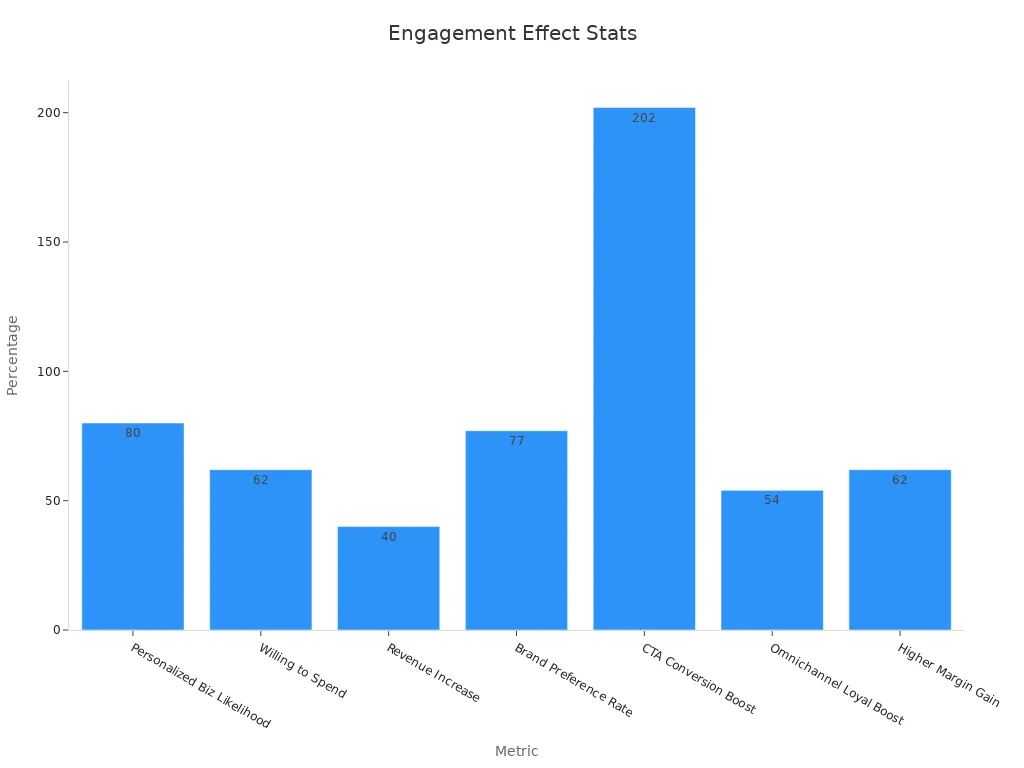
Sobot’s AI-powered tools help reduce churn by up to 25% and increase retention rates by up to 20%. Companies using Sobot report a 20-30% improvement in customer satisfaction scores and a significant reduction in operational costs. The platform’s automation and analytics allow customer success teams to act quickly on feedback and deliver consistent, high-quality experiences. This strategy not only improves customer engagement but also drives long-term loyalty.
Tip: Personalized engagement and omnichannel support are essential strategies for customer success. Companies that unify channels and tailor every experience see higher retention and stronger loyalty.
Data and Metrics

Retention Analytics
Retention analytics play a vital role in customer retention management strategies. Companies use these analytics to understand why customers leave and how to improve satisfaction. By tracking key metrics, teams can spot trends and act before churn happens. The most effective customer retention management strategies rely on a mix of data sources and advanced tools.
- Perspective analytics, predictive analysis, and diagnostic analytics help teams understand customer behavior and the reasons behind churn.
- Predictive analytics and flight risk models identify customers likely to leave, allowing teams to act early.
- Metrics such as customer lifetime value, churn rates, and flight risk scores measure retention and guide improvements.
- Data integration and customer identity matching create complete customer profiles for better segmentation and personalized retention strategies.
- AI and machine learning analyze complex data sets, generating insights that improve retention outcomes.
- Monitoring customer lifetime value and churn rates provides direct measures of retention success.
- Next-generation analytics tools offer a 360-degree view of customer interactions, improving retention insights.
Companies that use these analytics can detect early churn indicators like declining product usage or frequent complaints. They can then personalize outreach and support, which increases satisfaction and reduces churn. Learn more
Sobot Live Chat Insights
Sobot Live Chat provides customer success teams with powerful analytics to support customer retention management strategies. The platform tracks customer satisfaction, feedback, and engagement in real time. Teams can view metrics such as customer satisfaction scores, problem resolution rates, and productivity improvements. These insights help teams adjust their approach and deliver better service.
| Metric | Value |
|---|---|
| Customer Satisfaction (CSAT) | 97% |
| Overall Customer Happiness | 99% |
| Positive Feedback Rate | 96%+ |
| Problem Resolution Rate | 85% |
| Productivity Improvement | 70% |
| Reduction in Inbound Discussion | 20% |
Sobot Live Chat also supports 24/7 multilingual service and real-time intent analysis. These features enable proactive engagement, which boosts satisfaction and loyalty. Teams can use these insights to refine customer retention management strategies and improve customer satisfaction at every touchpoint.
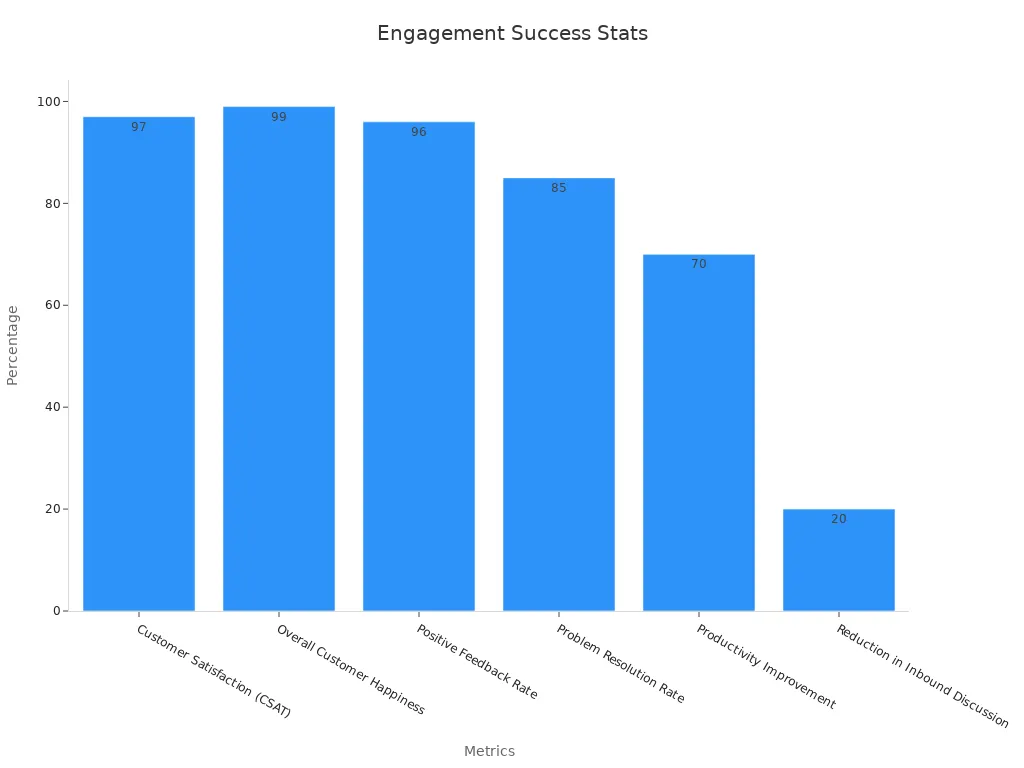
Feedback
Collecting Feedback
Customer success managers collect feedback to understand what customers need and how they feel about products or services. They use both active and passive methods. Active methods include surveys like Net Promoter Score (NPS), Customer Satisfaction (CSAT), and Customer Effort Score (CES). These surveys give structured, measurable data that teams can analyze to improve retention. Passive methods, such as always-on feedback widgets, social media comments, and product reviews, provide real-time insights without asking customers to fill out forms.
Sobot’s Live Chat platform makes collecting feedback easy. It offers built-in satisfaction surveys and supports feedback collection across multiple channels, including websites and social media. Automated tools and AI-powered analysis, like Natural Language Processing, help teams quickly understand customer feedback and spot trends. Companies that use digital survey tools reach more customers and get higher response rates. In fact, 80% of successful companies say customer experience surveys help drive revenue growth.
| Metric | How It Helps Retention |
|---|---|
| CSAT | Shows customer happiness |
| NPS | Tracks loyalty and referrals |
| CES | Finds friction points |
| Sentiment Analysis | Reveals satisfaction and issues |
Acting on Insights
Collecting feedback is only the first step. Acting on insights from customer feedback leads to real improvements in retention. Teams review survey results, analyze trends, and prioritize actions that address the biggest pain points. For example, closing the feedback loop—by telling customers what changes were made based on their input—builds trust and loyalty.
Many companies see strong results when they act on feedback. A retail chain increased satisfaction by 25% and reduced churn by 10% in one year. SaaS companies improved retention rates by 20% after using feedback to guide product updates. Key performance indicators, such as churn rate, customer lifetime value, and monthly recurring revenue, show the impact of these actions.
- Customer churn rate drops when teams fix issues highlighted in feedback.
- Customer lifetime value rises as satisfied customers stay longer.
- Continuous measurement and iteration ensure ongoing retention gains.
Sobot’s analytics tools help teams track these metrics and refine their strategies. By turning feedback into action, businesses create better experiences and stronger customer retention.
Communication
Ongoing Support
Ongoing support forms the backbone of strong customer relationships. Companies that invest in continuous support see measurable improvements in satisfaction and loyalty. Teams use several strategies to enhance support quality:
- Analyzing customer feedback from call transcripts and surveys helps identify issues like long wait times.
- Tracking customer satisfaction scores over time reveals trends and highlights areas for improvement.
- Key performance indicators such as first-contact resolution rates and average handling times measure the impact of support strategies.
- Proactive communication, such as order status updates, builds transparency and shows respect for customers’ time.
- Closing the feedback loop by acting on customer suggestions encourages ongoing engagement.
Support teams also rely on operational metrics to evaluate efficiency. These include ticket reopens, agent touches, number of replies, and requester wait time. Monitoring these metrics helps teams reduce customer churn and improve the overall experience. Companies that use data-driven insights and AI-powered analytics, like those found in Sobot’s omnichannel platform, can personalize support and respond quickly to customer needs. This approach leads to higher satisfaction and stronger retention.
Regularly monitoring and iterating on customer feedback ensures continuous improvement and measurable gains in satisfaction.
Customer Success Manager Roles
Customer success managers play a vital role in communication strategies that drive retention. Their responsibilities include:
- Educating customers through onboarding, training, and knowledge resources to help them achieve their goals.
- Monitoring customer usage patterns and sharing insights with support teams for early intervention.
- Ensuring smooth handoffs between customer success and support teams to prevent frustration and confusion.
- Collaborating closely with support to resolve issues quickly and maintain high satisfaction.
These defined roles create a seamless experience for customers. Customer success managers who proactively engage, collect feedback, and anticipate challenges help reduce churn and increase customer lifetime value. Sobot’s unified workspace enables these managers to track every interaction, coordinate with support, and deliver consistent service. This structure supports business growth and long-term customer loyalty.
| Role Responsibility | Impact on Retention |
|---|---|
| Onboarding and Training | Reduces churn |
| Usage Monitoring and Early Alerts | Enables timely intervention |
| Smooth Team Handoffs | Prevents frustration |
| Collaboration with Support | Increases satisfaction |
Customer success managers who define clear communication roles and strategies see higher retention rates and improved business outcomes.
Customer success managers drive lower churn and higher retention by building trust, engaging proactively, and using data-driven strategies. Sobot’s Live Chat and Omnichannel Solution help teams act early and personalize every interaction. Companies that use proactive customer success see up to a 20% increase in retention rates. The table below highlights how each responsibility supports this goal:
| Responsibility | Impact on Churn |
|---|---|
| Personalized onboarding | Reduces early churn |
| Proactive engagement | Catches issues quickly |
| Data analysis | Predicts churn risks |
| Ongoing training | Boosts retention |
Next steps: Evaluate your current customer success process or try Sobot’s solutions to strengthen retention and reduce churn.
FAQ
What are the most important customer success manager responsibilities for reducing churn?
Customer success manager responsibilities include onboarding, proactive engagement, data analysis, and feedback collection. These actions help companies reduce churn by up to 20%. Sobot’s Live Chat and Omnichannel Solution support these responsibilities with unified communication and analytics. Source
How does Sobot help customer success managers improve retention?
Sobot provides tools that unify customer data, automate routine tasks, and offer real-time analytics. Customer success manager responsibilities become easier to manage with Sobot’s AI-powered workspace, which boosts agent efficiency and increases customer satisfaction scores by up to 30%.
Why is onboarding a key customer success manager responsibility?
Onboarding sets the stage for long-term retention. Customer success manager responsibilities during onboarding include guiding new users, providing training, and ensuring early success. Companies using Sobot Live Chat report a 40% improvement in onboarding completion rates and a 25% increase in trial-to-paid conversions.
What metrics should customer success managers track to measure retention?
Customer success manager responsibilities include tracking metrics such as churn rate, customer lifetime value, and Net Promoter Score (NPS). Sobot’s analytics dashboard displays these metrics, helping teams identify trends and act quickly to improve retention.
How can customer success manager responsibilities impact business growth?
Customer success manager responsibilities directly affect business growth by reducing churn and increasing customer loyalty. For example, a 5% increase in retention can boost profits by over 25%. Sobot’s solutions help teams deliver proactive support, leading to measurable gains in customer lifetime value.
See Also
Top Strategies To Enhance Customer Satisfaction Through Live Chat
Effective Approaches For Managing Quality In Call Centers
How To Excel At Providing Customer Support Via Live Chat
Artificial Intelligence Agents Transform Customer Service Experience
